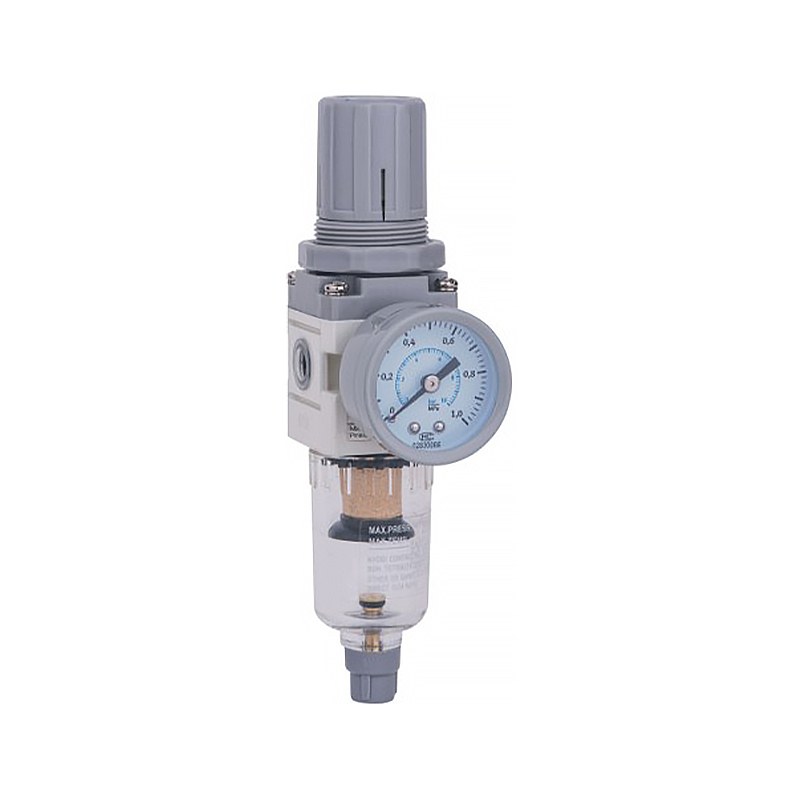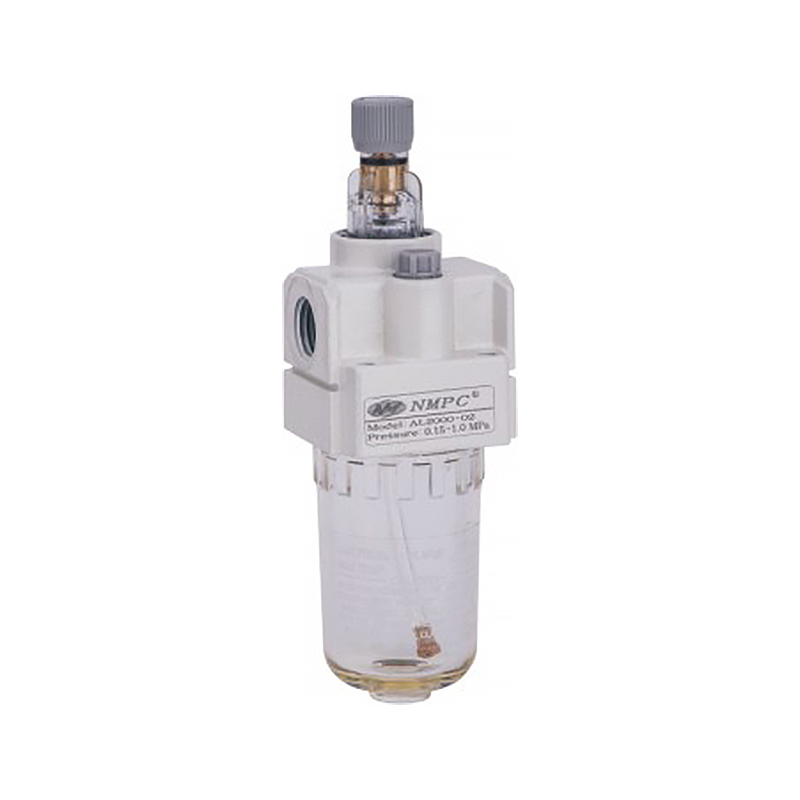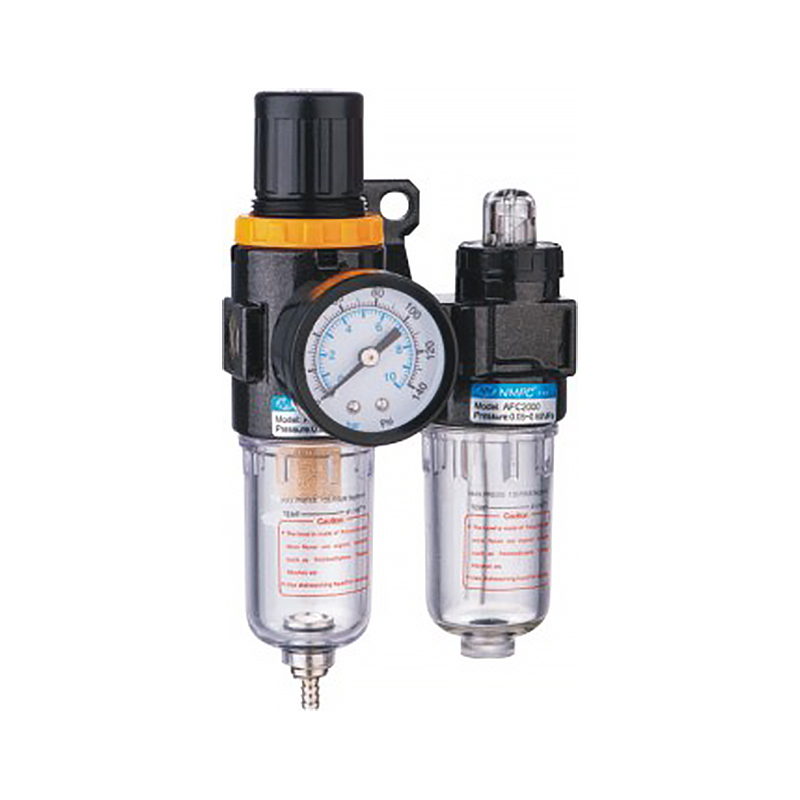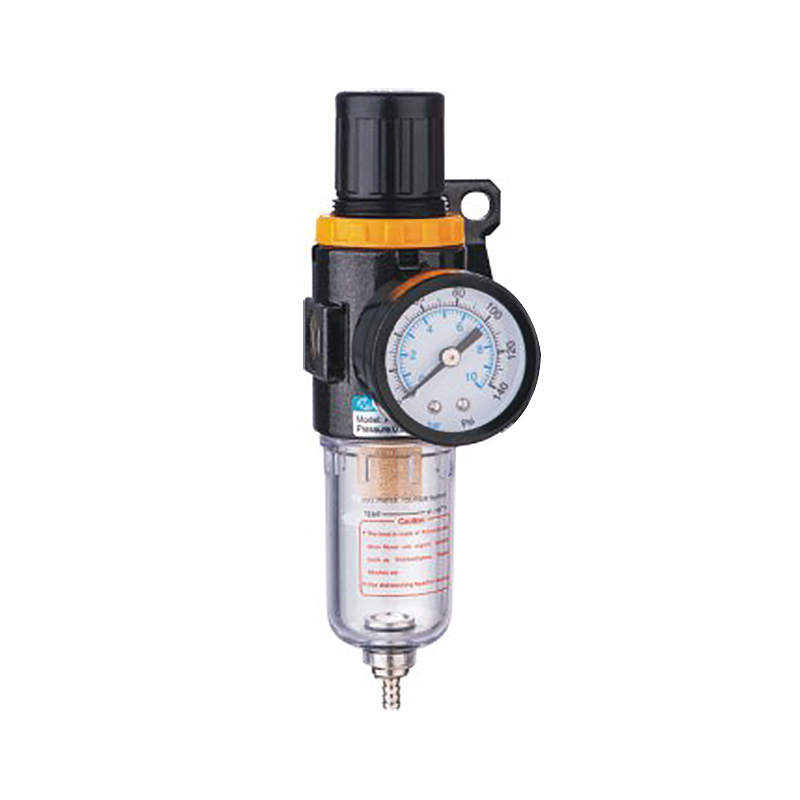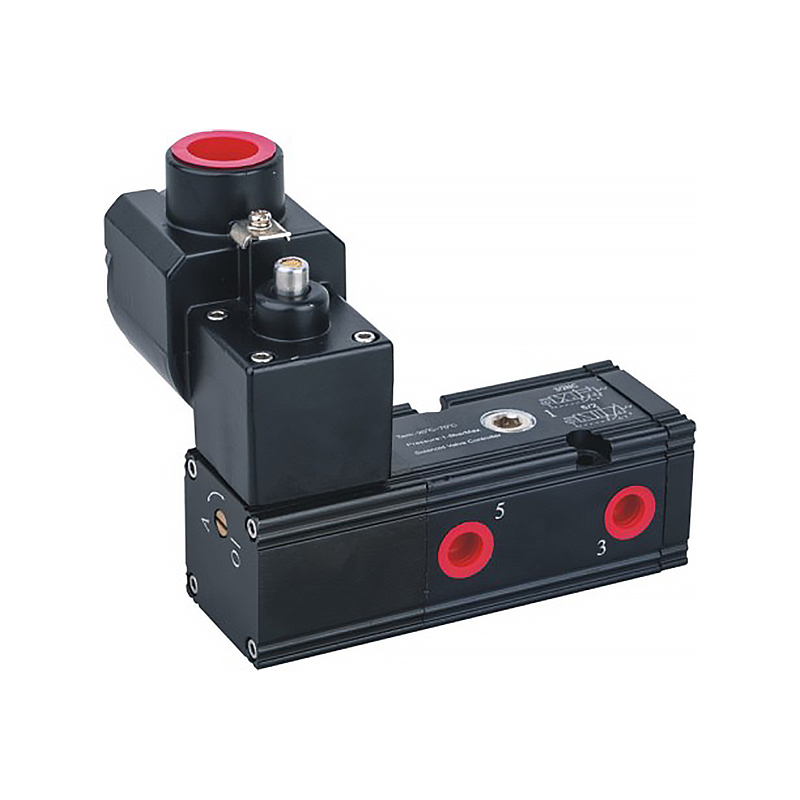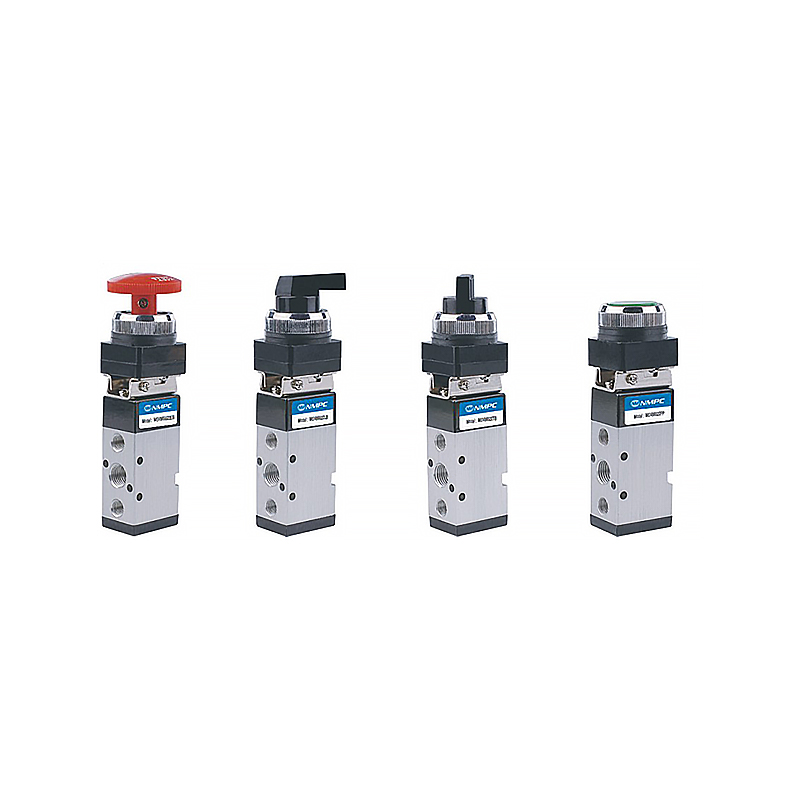Copyright 2022 © Ningbo Xinmadi Automation Technology Co., Ltd. All Rights Reserved.

IR Precision Pressure Regulators operate on intricate technology that maintains a specific pressure level, regardless of fluctuations in input variables like pressure or flow rate. This level of control proves critical in industries such as manufacturing, where even minor deviations can impact product quality and overall efficiency.
To harness the full potential of IR Precision Pressure Regulators and achieve optimal performance, several key steps should be followed. First and foremost, understanding the specific requirements of your application is paramount. Whether it's enhancing product quality or streamlining processes, clarity on objectives helps guide the entire utilization process.
Selecting the appropriate model of IR Precision Pressure Regulator is equally essential. Different models cater to varying pressures, flow rates, and substances, ensuring a precise fit for your unique needs. Correct installation and integration into your existing system come next. Adhering to manufacturer guidelines and best practices ensures a seamless transition and minimizes any disruptions during implementation.
The importance of proper calibration and adjustment cannot be overstated. Regularly calibrating and fine-tuning the regulator ensures that it continues to function within optimal tolerances, preserving its accuracy over time. Continuous monitoring and maintenance, including routine cleaning and parts replacement, contribute to prolonged efficiency.
A well-trained and knowledgeable workforce is vital. Personnel should be well-versed in operating, maintaining, and troubleshooting IR Precision Pressure Regulators. Their expertise not only ensures effective usage but also swift issue resolution, minimizing downtime.
Leveraging the data collected from the regulator's monitoring system is another crucial facet. Analyzing trends and patterns in pressure variations empowers data-driven decision-making, potentially leading to process optimization and improved overall performance.
As industries evolve, it's important to revisit the regulator's settings and performance to ensure alignment with changing demands. This adaptability ensures that optimal performance is maintained even in dynamic environments.
The benefits of achieving optimal performance through IR Precision Pressure Regulators are manifold. These include consistent product quality, reduced waste, enhanced operational efficiency, stable processes, and improved safety conditions.
In conclusion, IR Precision Pressure Regulators are instrumental tools for industries aiming to achieve optimal performance. By adhering to a structured approach that encompasses understanding requirements, proper selection, installation, calibration, monitoring, training, and adaptability, businesses can harness the capabilities of these regulators to elevate their operations. In a world where precision matters, IR Precision Pressure Regulators provide the edge needed to thrive in competitive markets while ensuring reliability and quality.

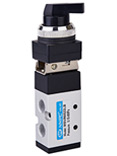
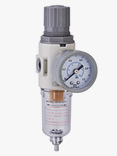
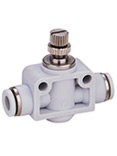
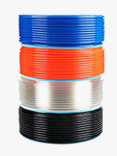
 简体中文
简体中文 English
English